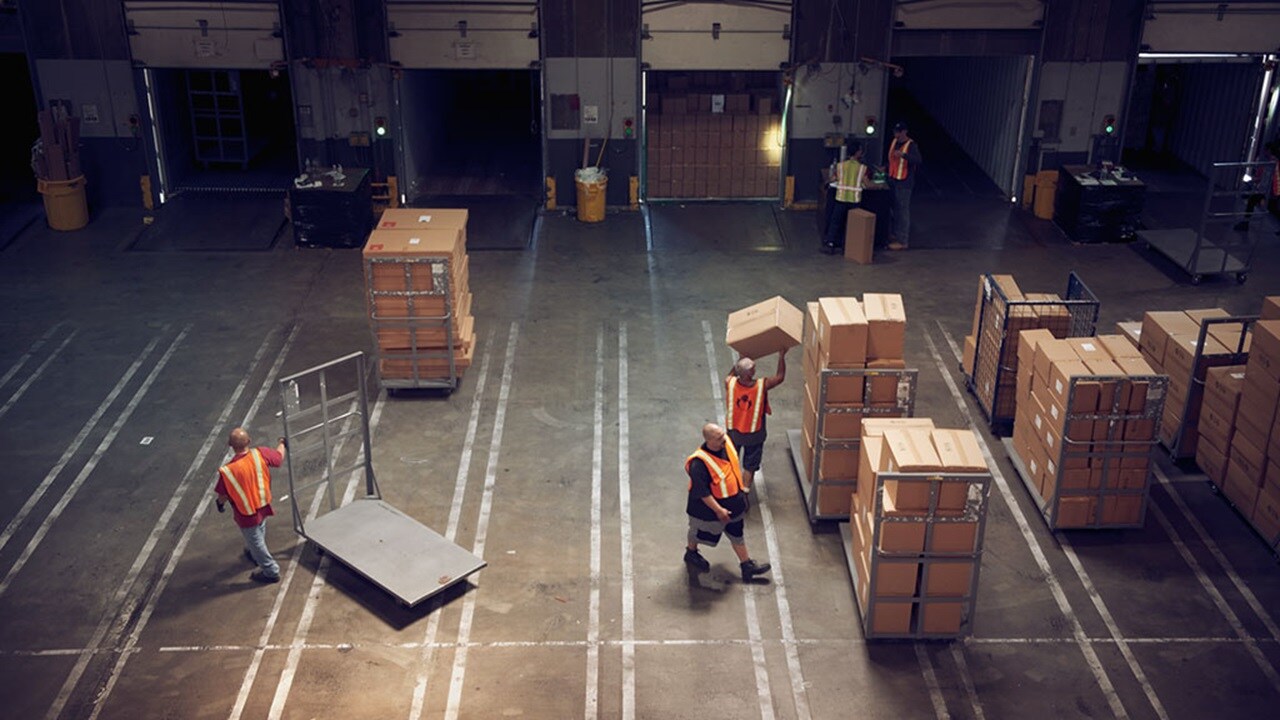The interest in supply chain logistics has skyrocketed since the COVID-19 pandemic. As The New York Times confessed, it didn’t have any journalists regularly reporting logistics until 2020. That quickly changed in the face of unprecedented delays and disruptions. And it’s not just the media that have awoken to the importance of logistics. Business executives are also taking a greater interest than ever before.
For business executives, the C-suite, the shift in focus towards the supply chain goes back to the early stages of the pandemic. In the United States, the Bank of America observed that mentions of “supply chain” in earning calls by Fortune 500 companies’ chief executives went up 412% between 2020 and 2021. According to McKinsey, their 2022 survey was the first time business chief executives identified supply chain disruptions as being among greatest threats to growth for both their companies and their countries’ economies. They placed it ahead of the pandemic, labour shortages, geopolitical instability, wars, and conflicts.
The 2020 supply chain crisis brought the supply chain to the attention of the C-suite, but ongoing unpredictability and disruptions need to keep it there. While many of the issues have eased since 2020, others have persisted and new challenges in the supply chain have emerged. What role will logistics play in the months and years to come, and why will a supply chain and C-suite fusion continue to matter?
Why C-Suite involvement matters
Supply chain and logistics account for about 10% of a business’ overall cost, according to PWC, but they also have enormous potential to generate value. However, they need to be agile and resilient to achieve business objectives. Recent research from the University of Tennessee’s Global Supply Chain Institute also noted that C-suite interest in the end to end supply chain had heightened during the pandemic. It found that ‘this influence and collaboration outside the traditional supply chain leadership boundaries’ was key to achieving agile, resilient supply chains. As McKinsey observes, the fact the C-suite now recognise a resilient supply chain is business critical means it is far more likely to be incorporated into the business’ strategic thinking. This paves the way to mitigating or minimising the impact of disruptions, which McKinsey calculates can result in the loss of up to 45% of one year’s earnings each decade.
When the supply chain and C-suite are linked, it boosts the business’ value-adding potential. Accenture explains that this is because the C-suite is equipped to help overcome core supply chain challenges. This includes offering the leadership needed to ensure supply chain logistics issues and resilience are prioritised, unlocking the resources needed to prepare and respond to disruptions, and ensuring better alignment between the supply chain and business strategy. The C-suite can also offer support for digitalisation of the supply chain and for the training and upskilling of supply chain workers. In the current setup, 43% of supply chain executive surveyed by Accenture blamed the absence of a clear business strategy for their function’s inability to drive value for the organisation. In addition to this, 48% said they were hampered by an inadequately skilled workforce and 44% cited incompatible legacy systems. The C-suite can identify and address these issues.

The true value of leaders in supply chain and logistics
Despite the C-suite’s new interest in the supply chain, many still do not include the business’ supply chain executives. A 2022 survey by Indago found 59% of companies had a chief supply chain officer or a comparable supply chain executive in their C-suite. That left 41% with supply chain executives who were not represented at the top, while 48% said the supply chain function was only ‘sometimes’ or ‘rarely’ part of C-level strategic planning and decision making.
Supply chain executives could make a significant contribution to the C-suite. With the breadth and range of their expertise and business knowledge, they may have what it takes to evolve the supply chain in line with business priorities. They can, for example:
- Manage the transformation of the supply chain, so it is more resilient and agile
- Deliver faster, smarter, flexible options for delivering to end-customers
- Advise on and oversee supply chain digitalisation
- Set up a talent acquisition and development strategy
- Offer a deep understanding of and access to data and analytics
EY research found 60% of C-suite executives say that their supply chain’s strategic importance has increased since the pandemic. Given this, supply chain executives have a vital to play going forward. They can make valuable contributions to business design, bringing their ability to drive outcomes and business growth.
Supply chain and C suite going forward
The supply chain has evolved to so much more than getting goods from A to B. Without a robust end to end supply chain, a business runs the risk of being crushed by disruptions and failing to fulfil its full growth potential. Changing customer demands, the exponential growth of ecommerce and the increasing complexity of logistics are among the factors that have made the supply chain a crucial consideration for the C-suite. Predictability, resilience, and agility are no longer just desirable, they have become essential. To achieve them, the supply chain must be an ongoing priority for the C-suite. Only then will all a business’ moving parts be fully connected, and the ability to survive and thrive – whatever the circumstances - be fully achieved.
未来,您想随时了解必读行业趋势吗?
您已经完成了,欢迎“登船”!
很抱歉,发送您的联系请求时出现问题。
请查看表单字段,确保所有已正确填写所有必填信息。如果问题仍然存在,请联系我们的支持团队以获得进一步的帮助。
未来,您想随时了解必读行业趋势吗?
使用此表格注册,即可直接在您的邮箱中接收我们的洞察见解,进入一个真正的综合物流世界。简单操作,即从我们为您量身定做的精选文章中获得启发,了解相关行业洞察信息。您可以随时取消订阅。













